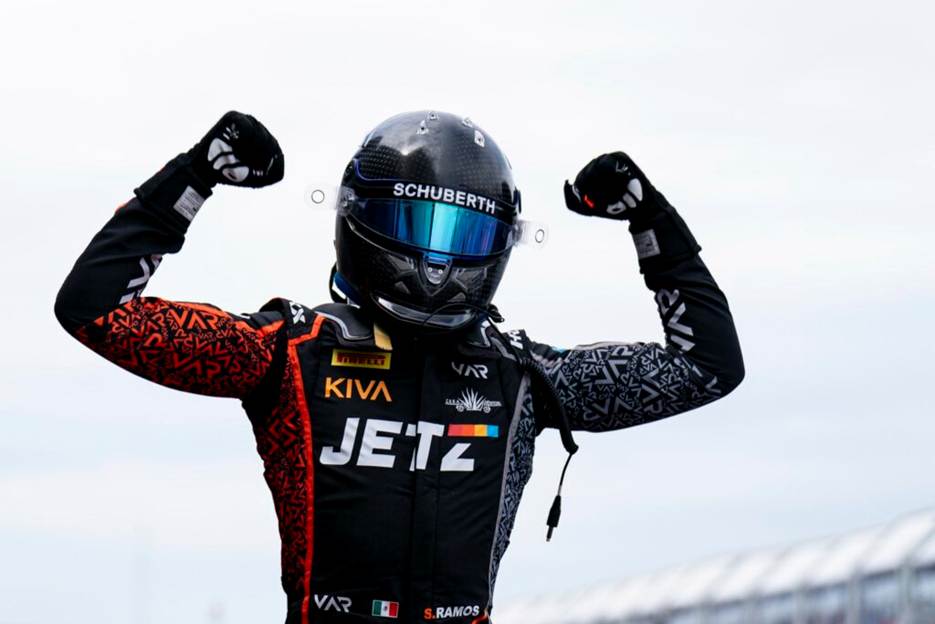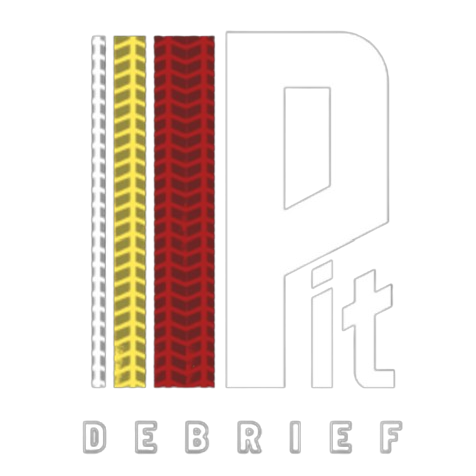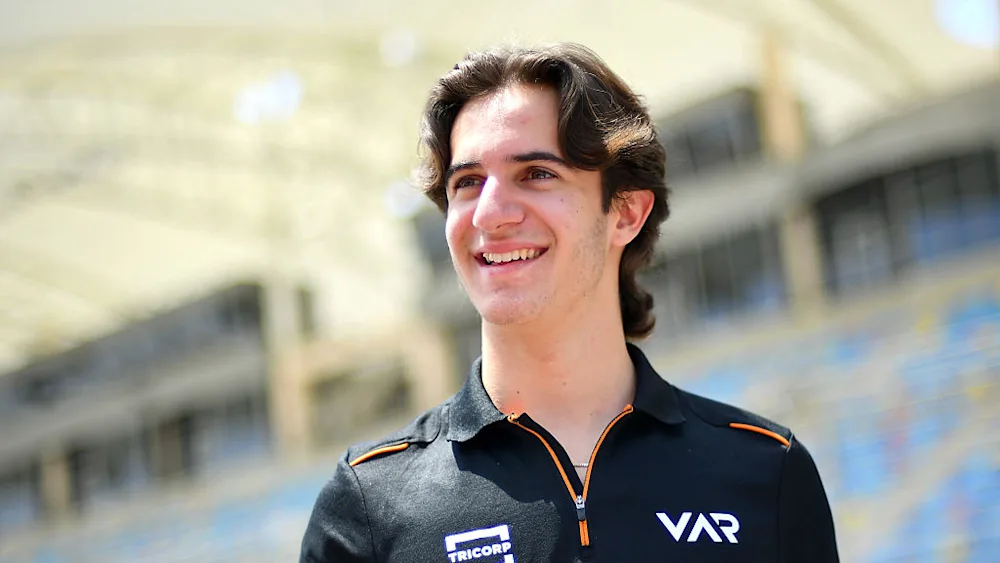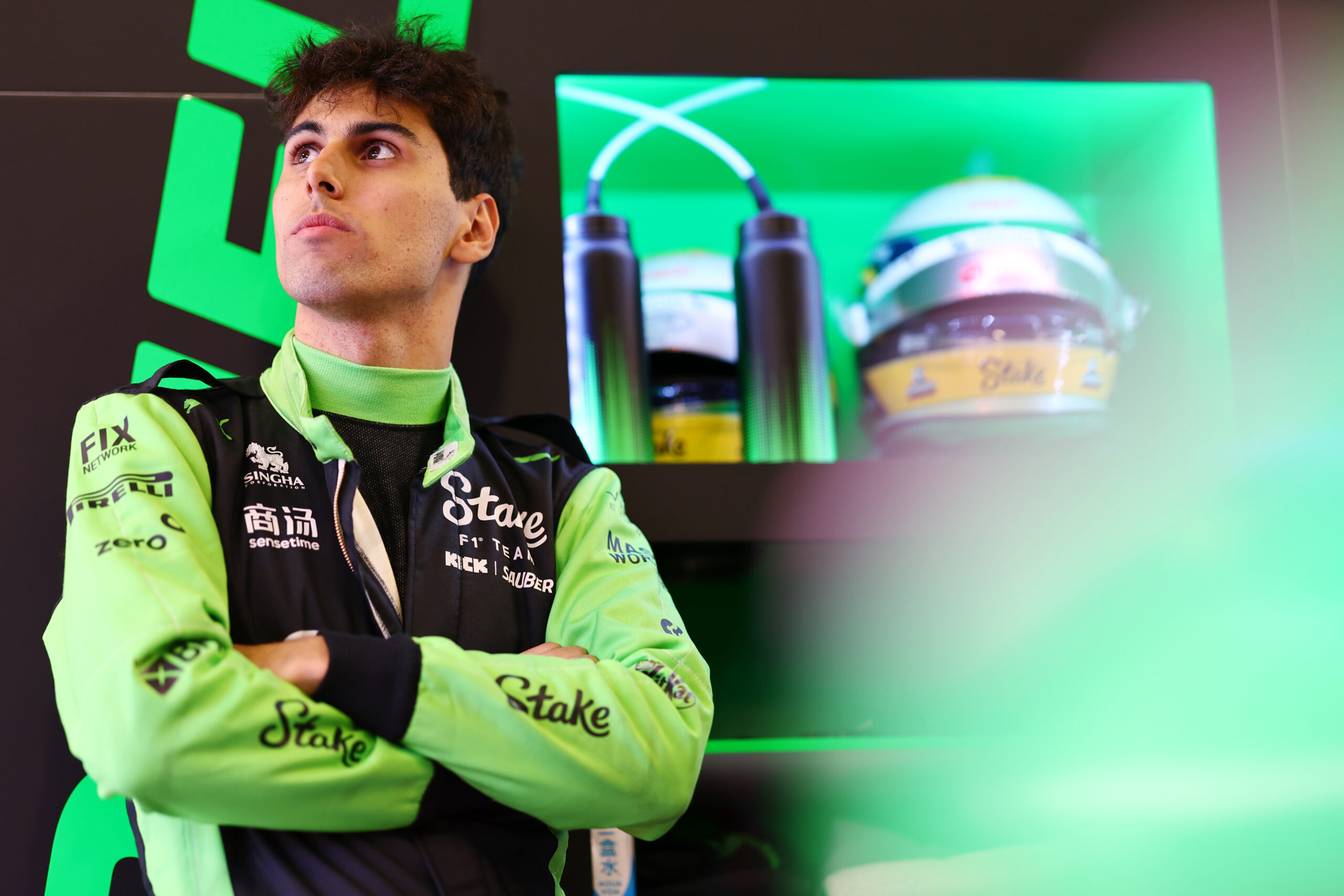Santiago Ramos’ sophomore FIA F3 campaign with Van Amersfoort Racing felt like a case study in opportunity management. He finished only 15th overall on 48 points — yet stood as a double race winner. Across a season shaped by adaptation to a new team and an updated car, Ramos demonstrated that when conditions align, his pace and race control can reach the front-running standard. But too often, poor qualifying left him trapped in the midfield, where tyre life fades quickly and randomness dictates outcomes. The final standings understated his potential; the underlying story was one of credible progress, capped prematurely when James Hedley replaced him for Monza.
When Ramos started well, he executed. When he did not, he fought physics and probability. His record tells the tale: a Sprint Race win in Melbourne, a Feature Race victory at Imola, and a polished Sprint podium in Barcelona contrasted with non-scores in Bahrain, Monaco, Austria, Belgium, and Hungary. Yet through it all, he showed stronger race craft, better restart discipline, and greater composure than in 2024. His 2025 season may not have delivered consistency, but it confirmed that the core ingredients for a sustained push are already present.
A statement win in Melbourne sets a positive tone
Ramos opened brilliantly at Albert Park. He qualified P12, earned reverse-grid pole for the Sprint, and then led with authority. He launched cleanly, timed restarts, and managed tyre life after an assertive early stint. Moreover, he repelled sustained DRS pressure from Martinius Stenshorne and, ultimately, took his maiden F3 win—also the first for a Mexican driver in the category. That mattered. It validated his winter move to VAR and, importantly, built confidence for a new package on a hot, low-grip surface.
Sunday, however, illustrated F3’s unforgiving nature. From P12 on the Feature grid, he slipped backward in dirty air and finished outside the points. Still, Melbourne revealed the template: secure track position early, defend decisively, and simplify tyre management. Clean air brought control; the midfield brought compromise.

From misery in Sakhir to the podium in Imola
Bahrain struck hard. Ramos qualified P30 and retired from the Sprint amid midfield scrapping. Nevertheless, he regrouped for the Feature and climbed to P14 from last. He read traffic wisely, avoided secondary incidents, and maintained usable tyre life despite constant turbulence. Even so, the weekend yielded zero points and forced a reset before Europe.
Then, immediately, Imola flipped the narrative. He qualified P2 with a tidy lap that maximised exit on Acque Minerali and limited scrub through Rivazza. Although late Sprint drama dropped him to P27, he compartmentalised the setback overnight. On Sunday, he attacked. He swept around the outside into Turn 2 to lead Lap 1, then traded blows with Rafael Câmara. Crucially, he judged DRS timing, executed a clean retake in the closing laps, and defended robustly as Noah Strømsted closed. Consequently, he delivered his first Feature Race win of the season and banked a heavy haul. Moreover, he showcased two elite habits: immediate bounce-back after adversity and precise race-phase control under pressure. In turn, engineers gained reliable correlation on balance, brake migration, and tyre energy, which strengthened decision-making for the triple-header.
Therefore, Sakhir served as a stress test; Imola provided the emphatic answer. Ultimately, the pairing proved his floor is resilient and his ceiling is race-winning when qualifying aligns.
Street-circuit pain, Conventional-circuit poise
Monaco’s narrow streets punished any imperfection. Ramos’ group qualifying placed him 24th overall, and contact on Saturday ended his Sprint immediately. Sunday’s recovery to P16 was respectable but unrewarded — a function of layout more than pace.
Barcelona, by contrast, rewarded execution. He qualified P5, displayed clean rotation and strong tyre protection, and turned P8 on the reverse grid into a disciplined P2 finish in the Sprint. The Feature brought contact and retirement, but the weekend restored rhythm and confidence. The contrast between Monaco and Barcelona distilled Ramos’ season in miniature: when he starts up front, he thrives; when he starts deep, physics takes over.
Punctuated promise amid tight grids and thin margins
The second half mixed promise with meagre returns. In Spielberg, a Q16 left him exposed. He finished P13 in the Sprint and P27 in the Feature as traction off slow exits never fully aligned with the operating window. However, Silverstone steadied the pulse. He qualified in the midfield, banked P15 in the Sprint, and then delivered P8 in the Feature by balancing aero load in fast corners with careful energy on the rears. Moreover, he executed under changeable conditions while others slipped, which added quiet value.
Spa then undercut momentum. A P25 qualifying created another uphill battle; he took P21 in the Sprint, and, unfortunately, the Feature was cancelled, erasing a possible recovery. Consequently, he left Belgium empty-handed. Next, the Hungaroring’s track-position tax returned. He qualified P15, finished P12 in the Sprint, and slid to P19 in the Feature as thermal drift compounded in traffic.
Finally, he did not compete in Monza; James Hedley stepped into the car, and Ramos’ total froze at 48. Ultimately, the late rounds underscored a simple truth: raise the average starting spot, and the Sunday arithmetic changes dramatically.
A high ceiling, constrained by starting position

Ramos’ 2025 statistics appear binary — either podiums or obscurity — yet that framing oversimplifies the nuance. His two victories and three podiums were not opportunistic; they were structured performances marked by composure, precision, and situational awareness. His weakness, rather, was in creating the conditions to repeat them. Inconsistent qualifying, especially at circuits like Bahrain and Monaco, kept him locked in turbulent air where even good pace couldn’t shine.
Still, his race-day habits impressed. He handled restarts with control, defended within the limits, and recovered calmly from poor sessions. Mentally and operationally, he matured. The next step is technical and procedural: refining qualifying execution, stabilising car balance across conditions, and extending tyre life earlier in stints. Achieve that, and the sporadic peaks could become a steady plateau.
Proof of concept, with 2026 still to be written
Ramos concludes 2025 as a paradox: a P15 finisher with the résumé of a contender. His campaign proved that, when afforded clear air, he dictates rhythm, manages pressure, and delivers under scrutiny. Yet it also showed that the midfield remains merciless to those just shy of qualifying perfection.
Still, the broader message is positive. Melbourne and Imola weren’t flukes — they were evidence of capability. His race management, confidence under DRS pressure, and composure after setbacks mark him as a driver with upward momentum. For 2026, his destination remains uncertain, but his dossier is strong: two wins, another podium, and measurable growth.





